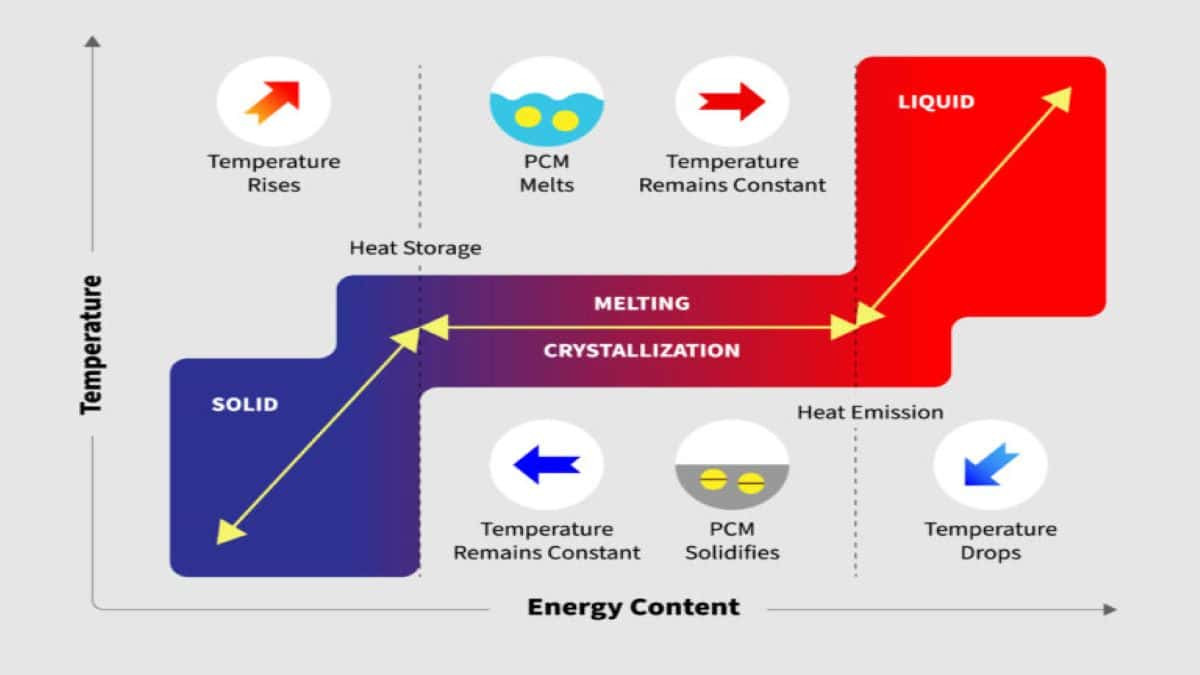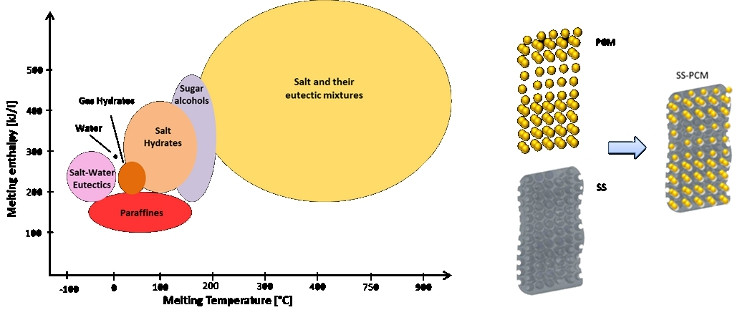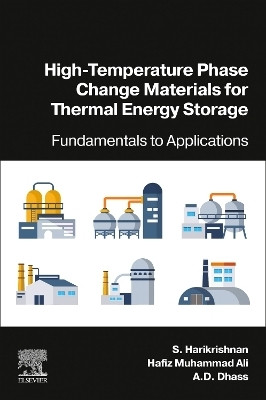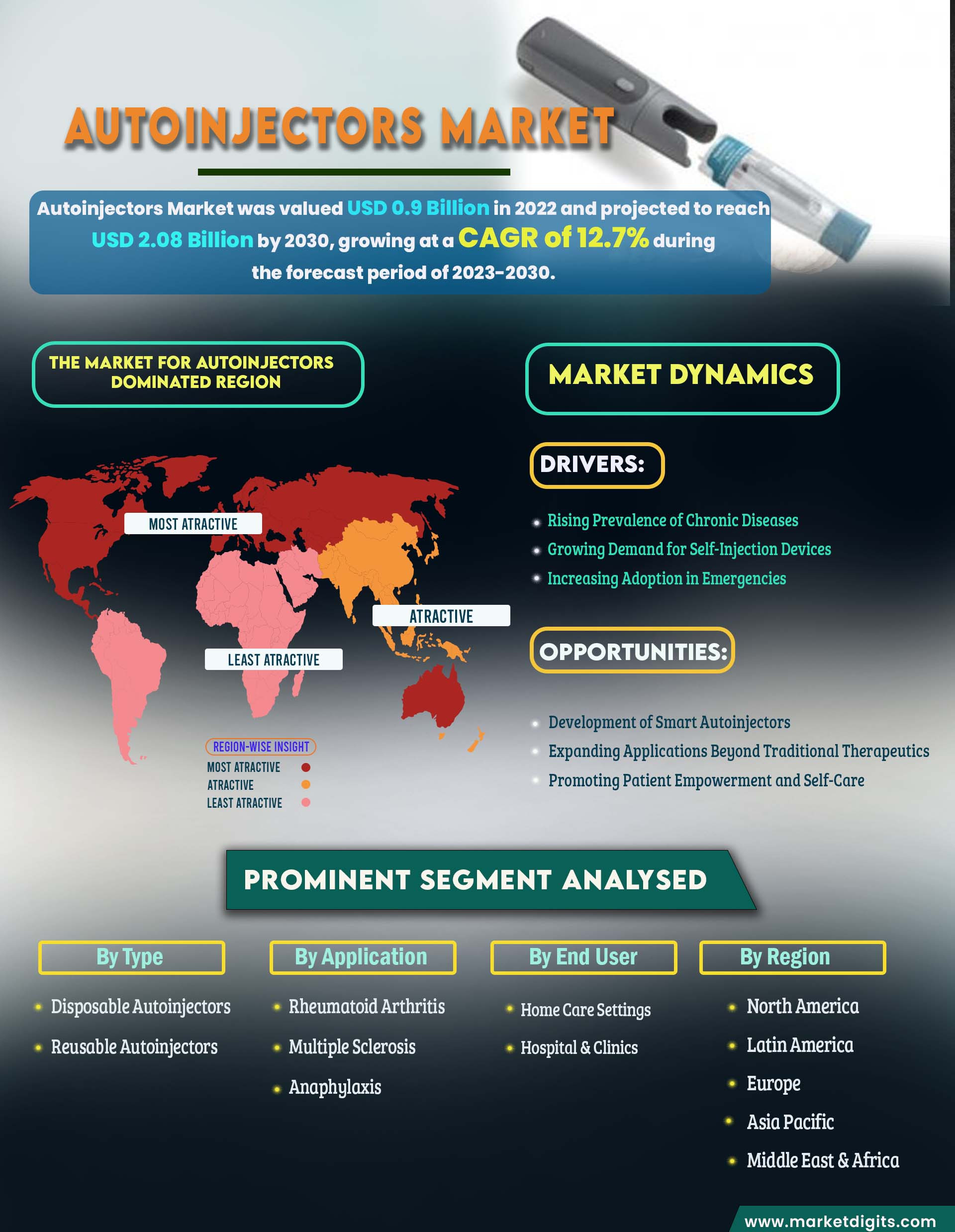The Growing Demand for High-Temperature Phase Change Materials: A Market Booming With Potential
The global high-temperature phase change material market is experiencing rapid growth, fueled by rising demand in various sectors, particularly energy and manufacturing. These materials offer a unique ability to store and release thermal energy, making them highly valuable for applications that require temperature control and energy efficiency. This has led to an increase in investments and technological advancements within the industry, promising a bright future for high-temperature phase change materials.
Why Are High-Temperature Phase Change Materials So Important?
High-temperature phase change materials (HTPCMs) are characterized by their ability to absorb and release large amounts of heat energy during a phase transition, typically from solid to liquid or vice versa. This unique property makes them particularly useful for applications where precise temperature control and thermal energy storage are crucial. The high-temperature range at which these materials operate distinguishes them from conventional phase change materials, expanding their applications beyond traditional uses like building insulation and textiles.
The Driving Forces Behind Market Growth
The growing demand for high-temperature phase change materials can be attributed to several key factors. The increasing focus on energy efficiency and sustainability is a major driver. These materials can significantly enhance energy efficiency by storing excess energy generated during peak periods, allowing for later release during periods of high demand. This can reduce reliance on traditional energy sources and minimize energy waste. Additionally, the need for efficient thermal management in various industries is driving demand. From electronic devices to manufacturing processes, HTPCMs provide a sustainable and cost-effective solution for regulating temperatures and mitigating heat-related issues.
Key Applications of High-Temperature Phase Change Materials
The versatility of HTPCMs extends across various applications, including:
- Energy Storage: HTPCMs can be used in concentrated solar power (CSP) systems for storing thermal energy collected during peak sunlight hours. This stored energy can then be used to generate electricity during periods of low solar irradiance or at night, ensuring uninterrupted power supply. They are also finding use in thermal energy storage systems for buildings, offering a sustainable solution for heating and cooling.
- Thermal Management: With the rise of advanced electronic devices and increasing computing power, efficient thermal management is critical. HTPCMs are being incorporated into electronic devices to absorb and dissipate excess heat, extending the lifespan and performance of these devices. They are also used in data centers to maintain optimal operating temperatures for servers and other equipment, ensuring efficient data processing and storage.
- Manufacturing: High-temperature phase change materials play a crucial role in various manufacturing processes. They are used in molds for casting and injection molding, helping to maintain consistent temperatures for high-quality product production. They also find application in heat recovery systems for industrial processes, enhancing energy efficiency and reducing waste.
- Transportation: The automotive industry is exploring the use of HTPCMs for thermal management in electric vehicles. These materials can be integrated into battery packs to regulate temperatures, improving battery performance and extending its life. They are also being investigated for use in engine cooling systems, enhancing engine efficiency and reducing emissions.
The Future of the High-Temperature Phase Change Material Market
The future of the high-temperature phase change material market appears bright, with numerous opportunities for growth. The ongoing research and development efforts to improve the performance and cost-effectiveness of these materials are expected to drive further innovation and adoption. As the demand for energy efficiency and sustainable solutions continues to rise, HTPCMs are poised to play a pivotal role in addressing these challenges across various industries. The advancements in materials science, coupled with the growing investment in energy storage and thermal management technologies, are creating a favorable landscape for the growth of this market.
The Future is Hot: Embracing the Potential of High-Temperature Phase Change Materials
The potential applications of high-temperature phase change materials are vast, with significant implications for diverse sectors. From enhancing energy efficiency in buildings and power plants to optimizing the performance of electronic devices and manufacturing processes, these innovative materials are shaping the future of various industries. Their ability to store and release thermal energy in a controlled and efficient manner holds the key to unlocking sustainable solutions for a wide range of challenges, making them a critical element in driving progress towards a cleaner and more energy-efficient future.



















